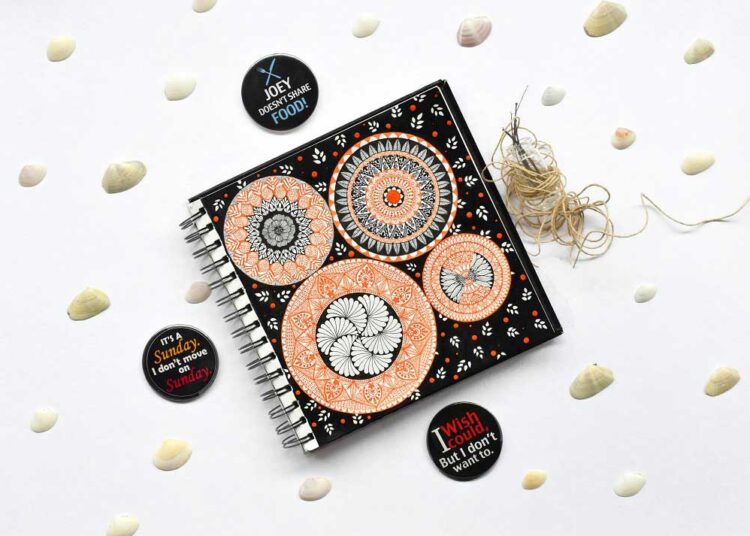## Introduction to the Intersection of Art and Technology
Art and technology have long been intertwined, pushing the boundaries of creativity and innovation. The fusion of these two fields has given birth to mesmerizing artworks that captivate audiences worldwide. One such captivating creation is the drawing machine. This remarkable device combines the precision of technology with the artistic vision of its creator, resulting in stunning and thought-provoking pieces. In this article, we will delve into the world of drawing machines, exploring their history, the mesmerizing artworks they create, and the impact they have on the art world.
What is a Drawing Machine?
A drawing machine is a mechanical or robotic device that is programmed to create intricate and precise drawings. These machines can range from simple contraptions to complex robotic systems, each designed to execute a specific artistic vision. Drawing machines can utilize various mediums, such as pencils, pens, or even paintbrushes, to bring their creations to life. They are often controlled by computer software or programmed algorithms, allowing for precise control over the artistic process.
The History and Evolution of Drawing Machines
The concept of using machines to create art dates back centuries. As early as the 18th century, inventors and artists began experimenting with mechanical devices that could produce drawings. One notable example is the “Harmonograph,” a pendulum-based machine that creates intricate geometric patterns. Over time, drawing machines evolved, incorporating advancements in technology and automation. The 20th century saw a surge in interest and experimentation with these devices, with artists like Jean Tinguely and Rebecca Horn creating complex and dynamic drawing machines.
The Mesmerizing Artworks Created by Drawing Machines
The artworks produced by drawing machines are truly mesmerizing. The precision and intricacy of their designs are often beyond the capabilities of human hands. Drawing machines can create elaborate geometric patterns, intricate line drawings, and even abstract compositions that evoke deep emotions. Each artwork is a testament to the symbiotic relationship between art and technology, showcasing the limitless possibilities when these two fields converge. The mesmerizing nature of these artworks lies not only in their visual appeal but also in the underlying process that brings them to life.
The Creative Process Behind Drawing Machines
The creative process behind drawing machines is a harmonious blend of human ingenuity and technological precision. It begins with the artist’s vision, who conceptualizes the artwork and programs the machine accordingly. The artist determines the parameters, such as line thickness, stroke length, and overall composition, allowing for a personalized touch. Once the machine is set in motion, it executes the programmed instructions with meticulous accuracy, bringing the artist’s vision to fruition. The result is a unique artwork that embodies both the artist’s creativity and the machine’s technical prowess.
The Impact of Drawing Machines on the Art World
Drawing machines have had a profound impact on the art world, challenging traditional notions of artistry and craftsmanship. They have sparked discussions about the role of technology in the creative process and the definition of art itself. Drawing machines blur the lines between the artist and the machine, raising questions about authorship and originality. Additionally, these machines have opened up new avenues for artistic expression, allowing artists to explore uncharted territory and push the boundaries of what is possible. The impact of drawing machines can be seen in the growing recognition and appreciation of this unique art form.
Artists Who Use Drawing Machines in Their Work
Numerous contemporary artists have embraced drawing machines as a tool for their artistic expression. One such artist is Heather Dewey-Hagborg, who explores themes of identity and privacy through her machine-generated portraits. Her drawing machine uses facial recognition algorithms to create portraits based on collected data. Another prominent artist, So Kanno, combines technology and playfulness in his robotic drawing installations. His machines interact with the environment, responding to stimuli and creating drawings that capture the essence of the moment. These artists, among many others, showcase the diverse and innovative ways in which drawing machines can be integrated into artistic practice.
The Future of Drawing Machines in Art
As technology continues to advance, the future of drawing machines in art appears promising. With each new development, these machines become more sophisticated, enabling artists to explore new possibilities. Drawing machines could potentially revolutionize the art world, offering a new medium for artistic expression and blurring the lines between traditional and digital art. The integration of artificial intelligence and machine learning algorithms may also lead to even more autonomous and adaptive drawing machines. The future holds endless opportunities for artists to push the boundaries of creativity through the use of these remarkable machines.
Where to Experience Drawing Machines in Person
To fully appreciate the mesmerizing artworks created by drawing machines, experiencing them in person is a must. Many art galleries and museums around the world showcase exhibitions featuring these remarkable creations. One such venue is the Museum of Modern Art (MoMA) in New York City, which has dedicated spaces for exhibiting drawing machines and related artworks. Additionally, art and technology festivals, such as Ars Electronica in Linz, Austria, often feature interactive installations and performances that incorporate drawing machines. Attending these events provides a unique opportunity to witness firsthand the intersection of art and technology.
Conclusion: The Endless Possibilities at the Intersection of Art and Technology
The intersection of art and technology has given rise to remarkable creations that challenge our perception of what is possible. Drawing machines exemplify this convergence, producing mesmerizing artworks that captivate and inspire. From their humble beginnings to the complex machines of today, drawing machines continue to push the boundaries of artistic expression. As we look to the future, we can only imagine the endless possibilities that lie ahead at the intersection of art and technology. Whether it’s in the form of intricate geometric patterns or abstract compositions, drawing machines remind us of the power of human creativity and the transformative potential of technology.



